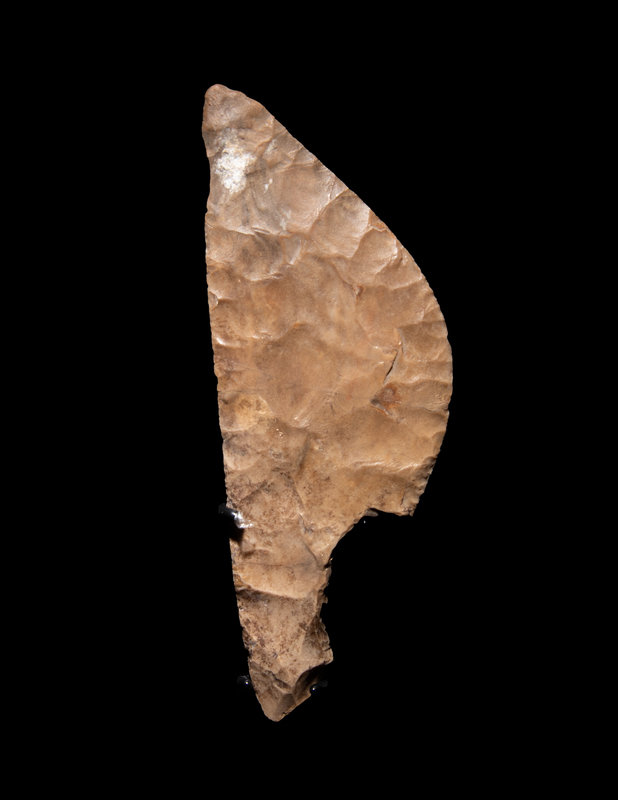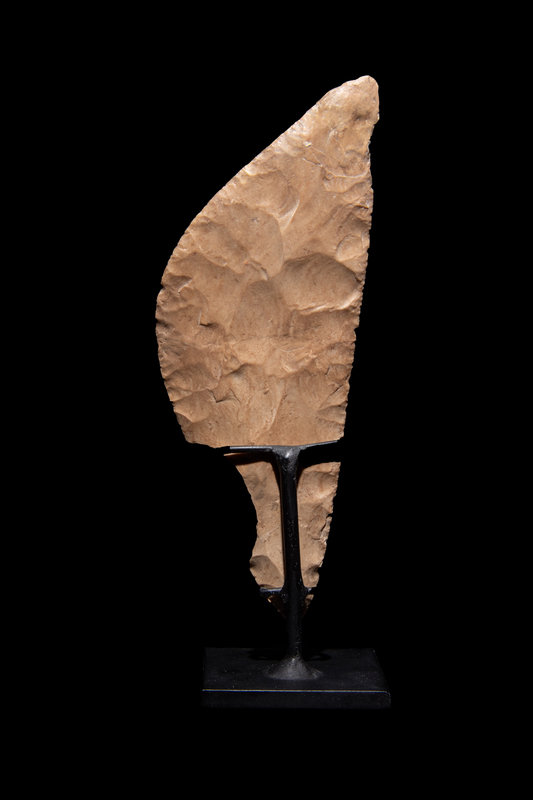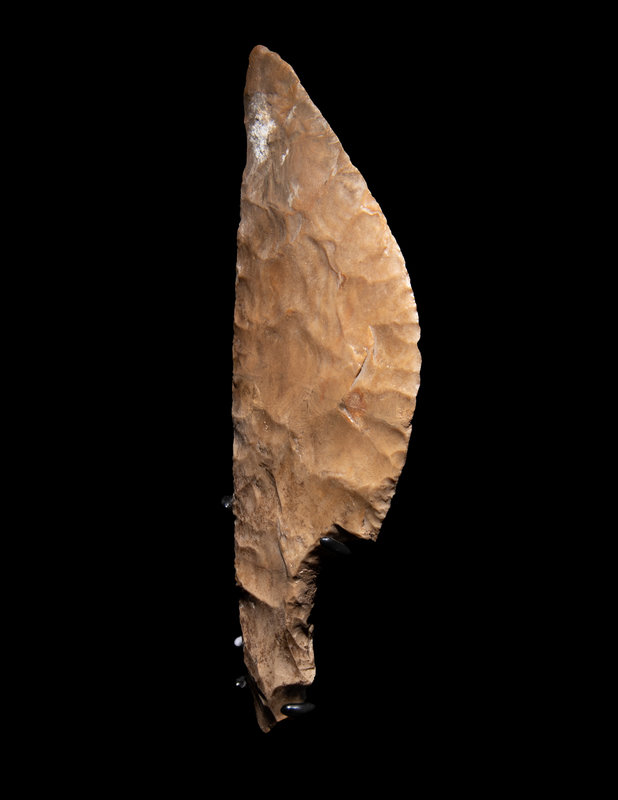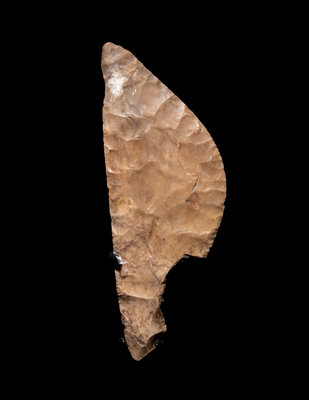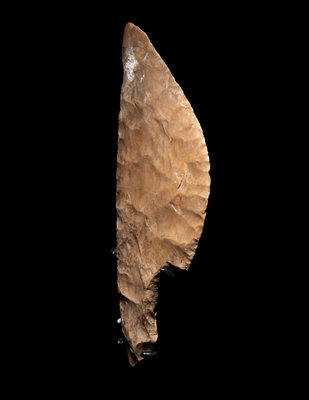Condition Report
Contact Information
Auction Specialist
Lot 61
An Egyptian Flint Knife
Sale 1188 - Antiquities & Ancient Art
May 25, 2023
10:00AM CT
Live / Chicago
Own a similar item?
Estimate
$1,200 -
1,800
Price Realized
$1,638
Sold prices are inclusive of Buyer’s Premium
Lot Description
An Egyptian Flint Knife
Predynastic Period, Circa 4th Millennium B.C.
Length 7 inches (17.7 cm).
Property from a Private West Coast Collection
